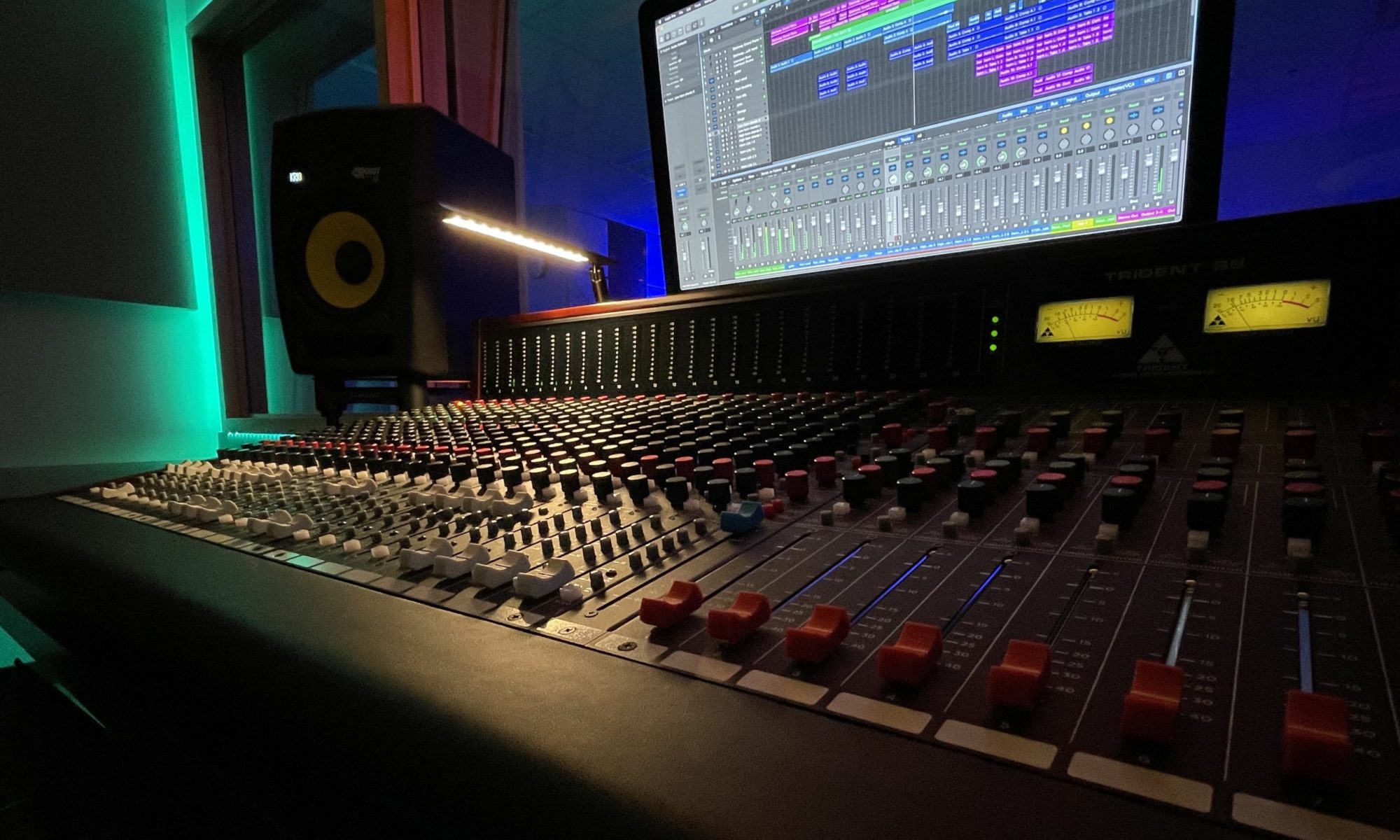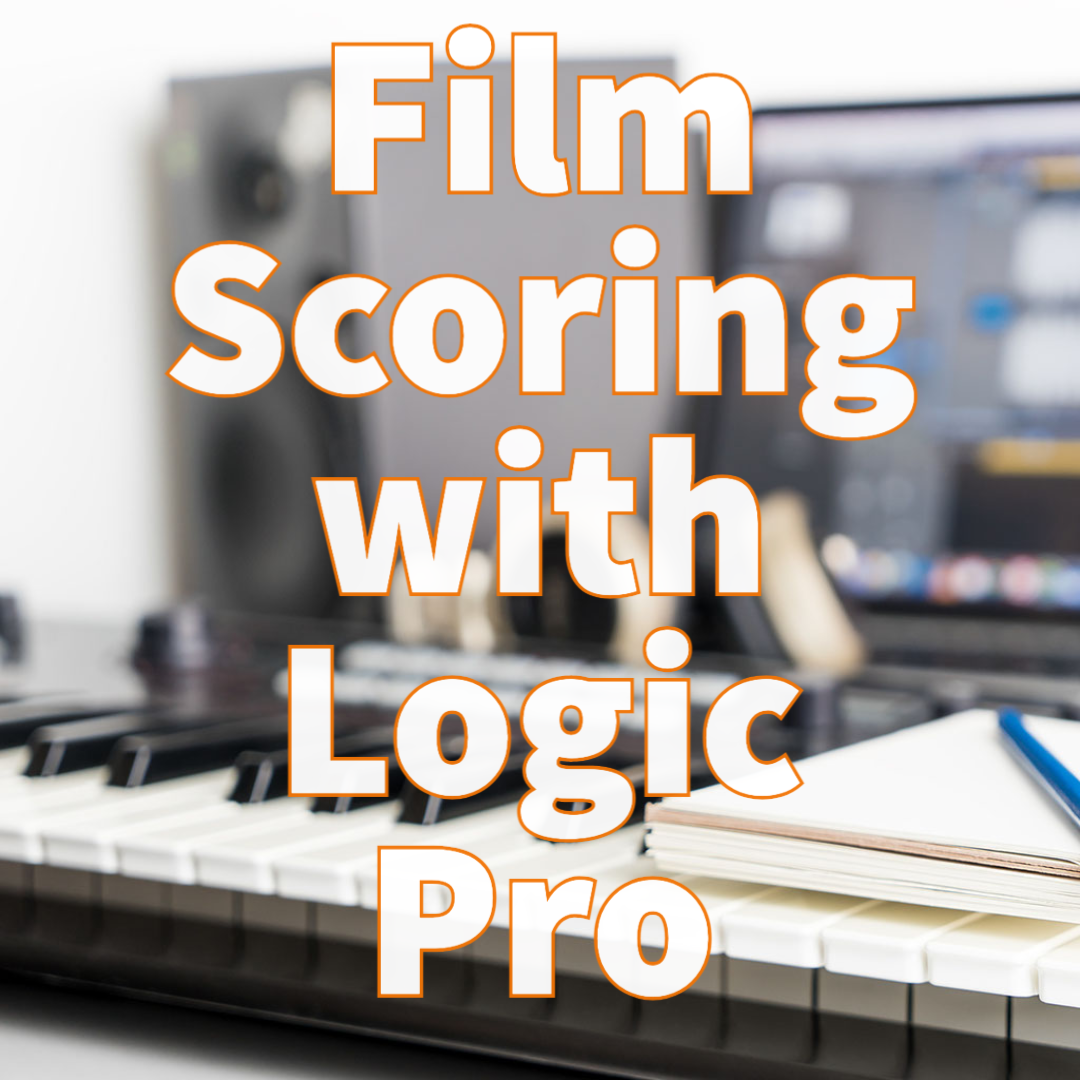This week we will be using Logic Pro X to create music for a movie trailer.
To do this project well means spending a lot of time studying (watching videos) and working in Logic. For some of you, you’ll be right at home, for others, you’ll be outside your comfort zone.
Embrace it! A student recently entered film school and as a freshman was able to get involved in projects with older students because she spent time developing her skills in scoring and sound design in Logic Pro.
You will develop your skills in on the following topics:
- EQ
- auxillary effects (such as reverb)
- sound fx and anchor points
- track stacks
- loops
- beat mapping
- music scoring
- mixing
- 3.15 Students will be able to mix and balance audio levels and panning using keyframes.
- 5.6 Students will be able to know EQ-related terminology including frequency, bandwidth, boost, cut, gain, parametric and graphic without the use of notes.
- 5.7 Students will be able to understand basic software signal flow using at least 3 effects in Logic Pro X or Reason.
- 5.8 Students will be able to demonstrate effective use of audio effects in a 2-minute composition using Logic Pro X or Reason.
- 5.9 Students will be able to manipulate automation controls of at least 3 channel strip parameters using Logic Pro X.
- 5.10 Students will be able to apply a master channelstrip plug-in that includes at least 3 effects using Logic Pro X.
- 5.14 Students will be able to add video files to a DAW for a film scoring project.
- 5.15 Students will be able to employ beat mapping techniques for a film scoring project.
- 5.19 Students will be able to apply delay/EQ to enhance and improve an audio recording.
- 5.20 Students will be able to choose the correct audio effect to enhance 3 elements of an audio mix.
- 5.21 Students will be able to manipulate software preferences such as sample rate, bit depth, and buffer size for effective recording and mixing.
- 5.22 Students will be able to demonstrate organization techniques such as track names, region names, colors, track stacks, etc.
- 5.23 Students will be able to comment on the four mix elements (volume, pan, EQ, depth).


